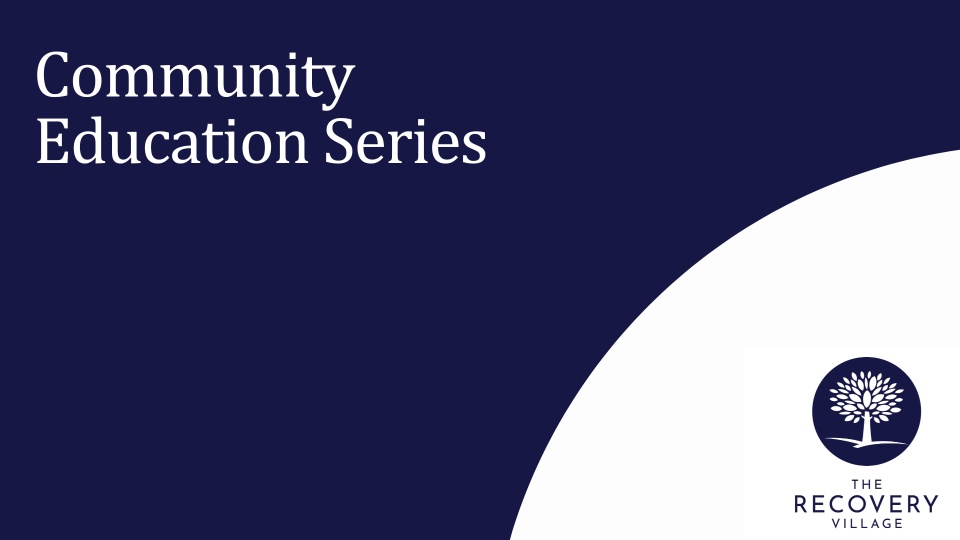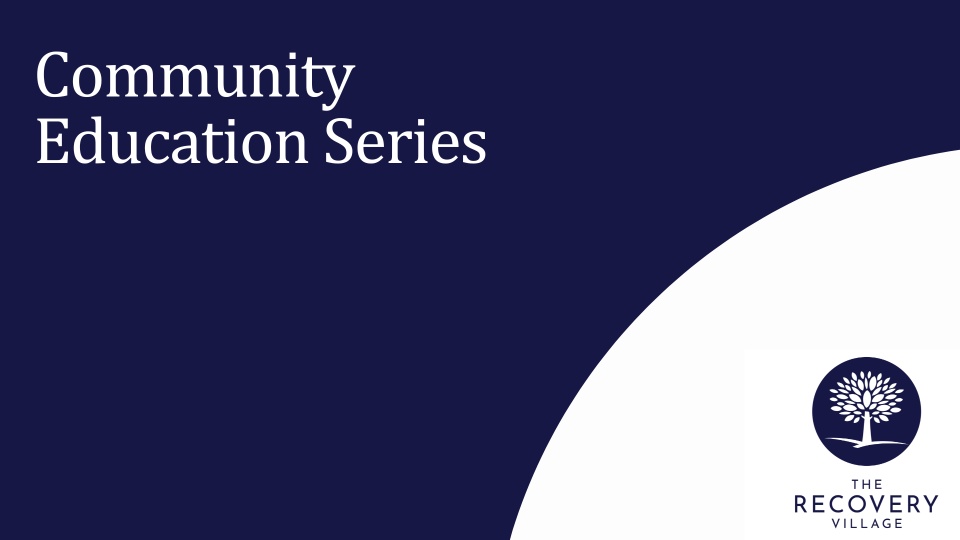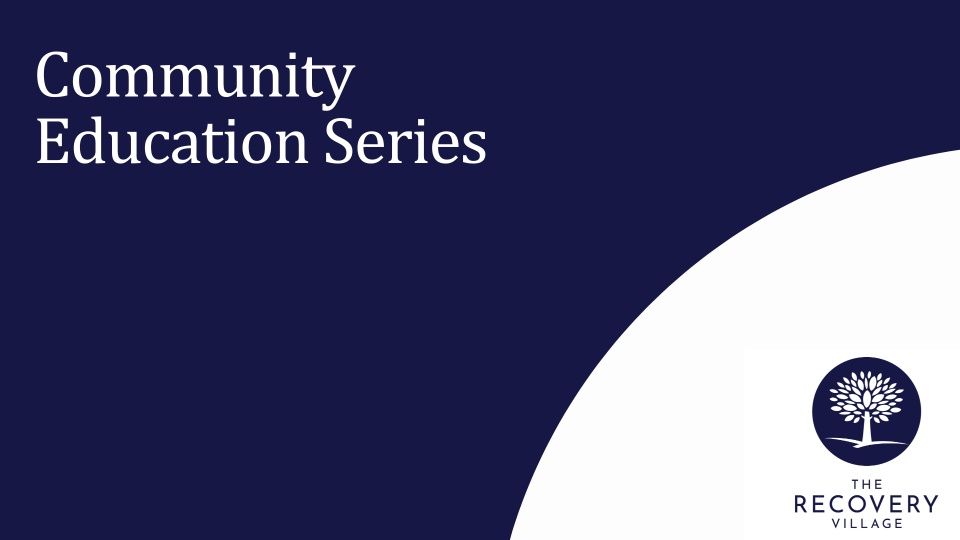Estimated watch time: 29 mins
Available credits: none
Objectives and Summary:
This Community Education video, hosted by Miss America 2020 Camille Schrier, takes a look at the importance of medication safety in the home. This includes safety tips if you have children at home or older teens. The webinar is part of her series, “Mind Your Meds,” which helps promote drug education and safety.
After watching her presentation, the viewer will be able to:
- Learn how to prevent children from getting to potentially dangerous medicines.
- Read and understand medication labels and dosage instructions.
- Help reduce the risk of opioid addiction by eliminating possible at-home access.









